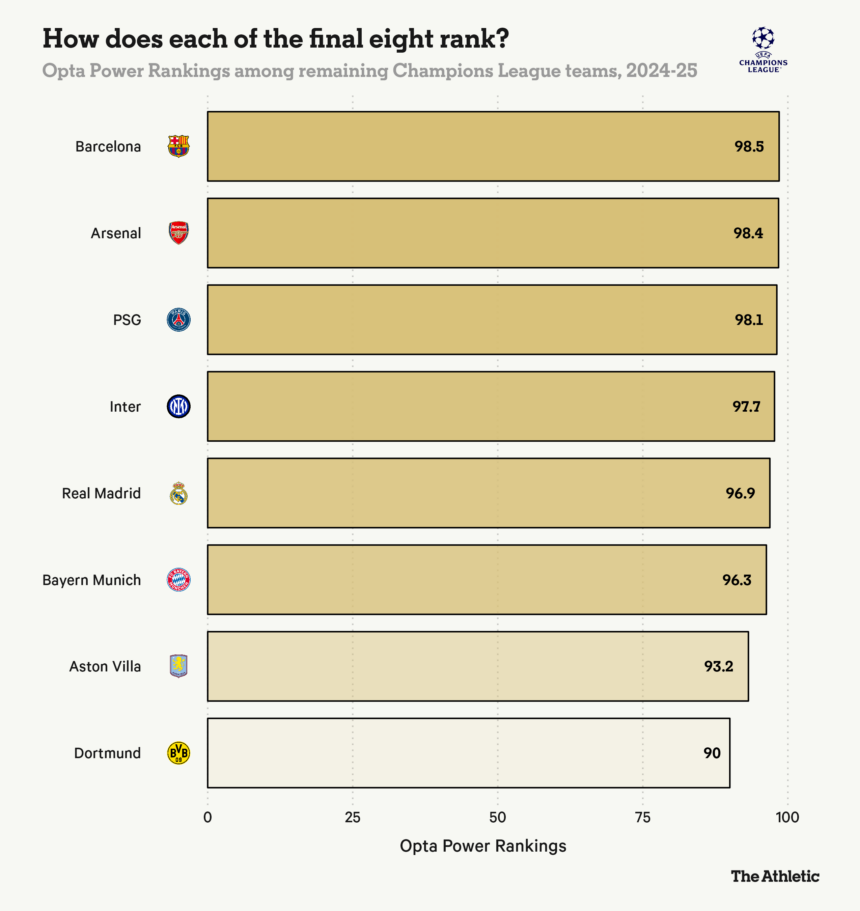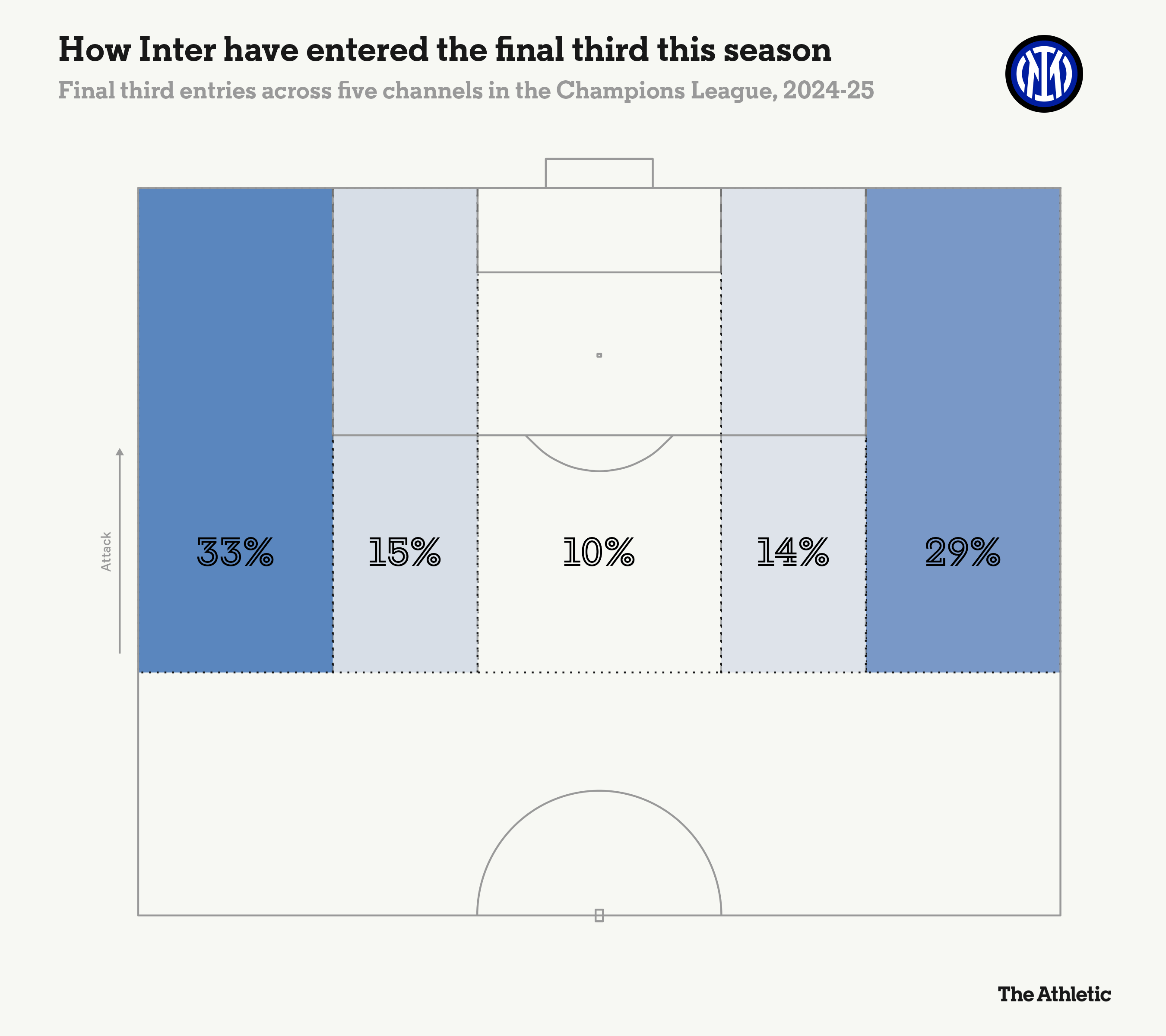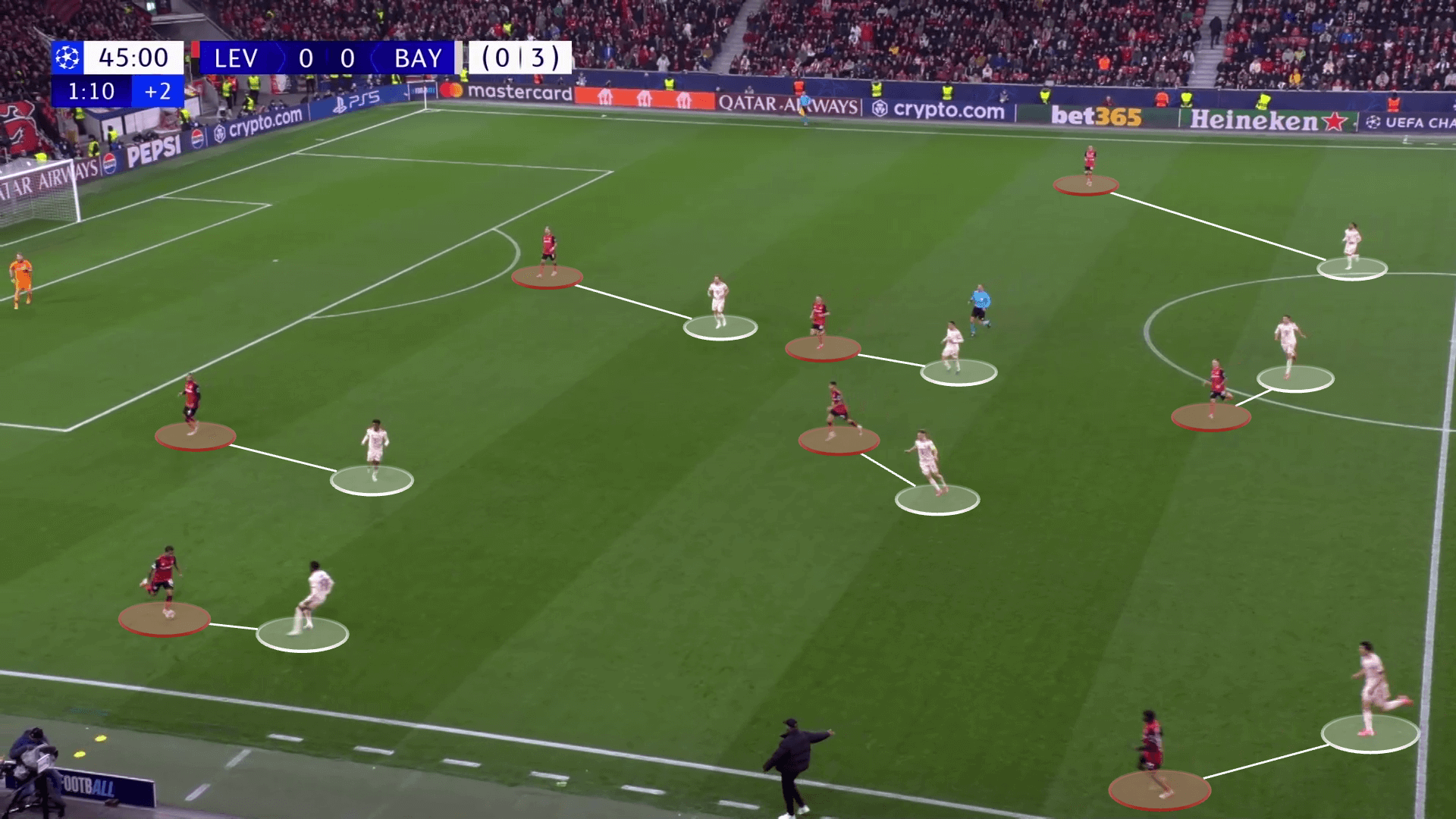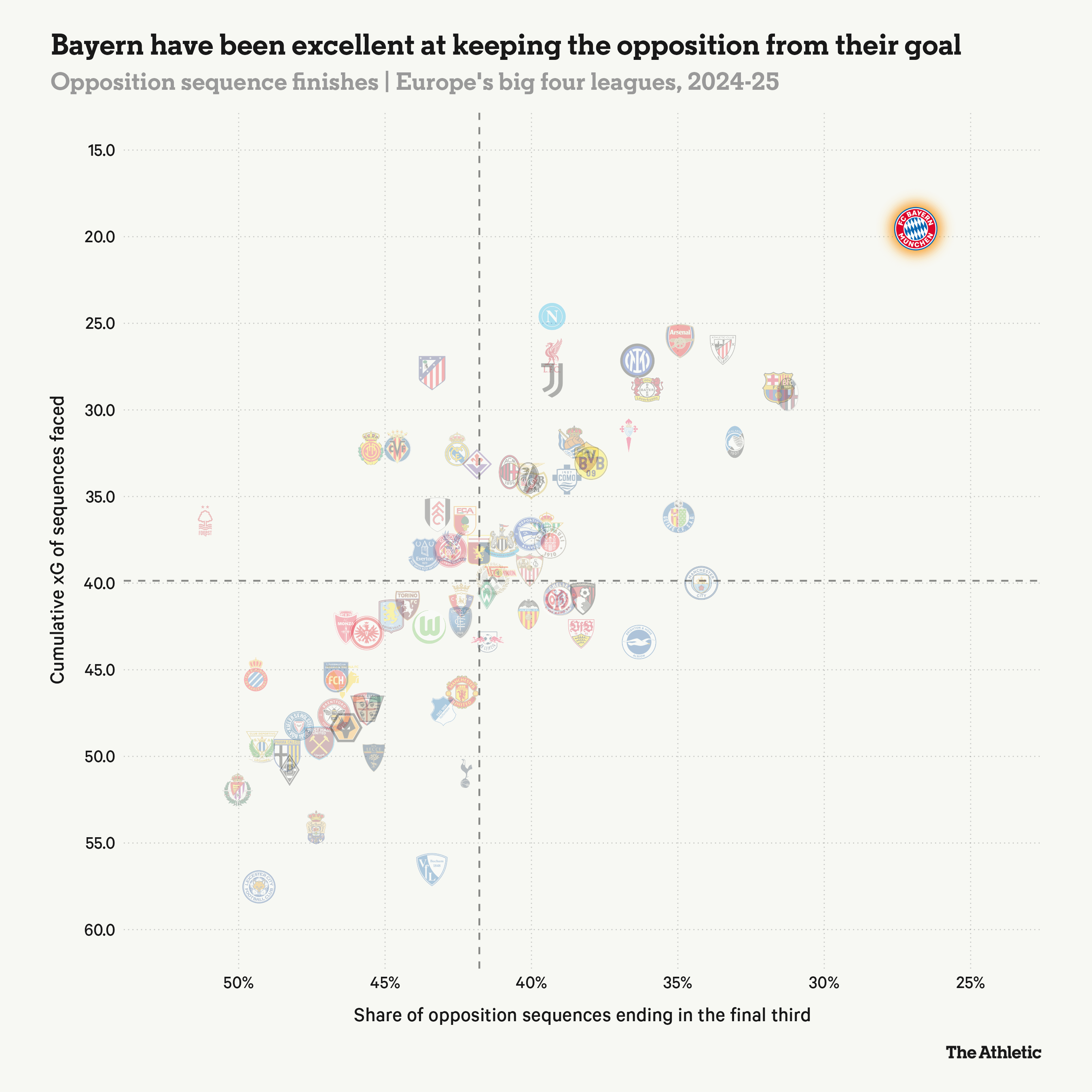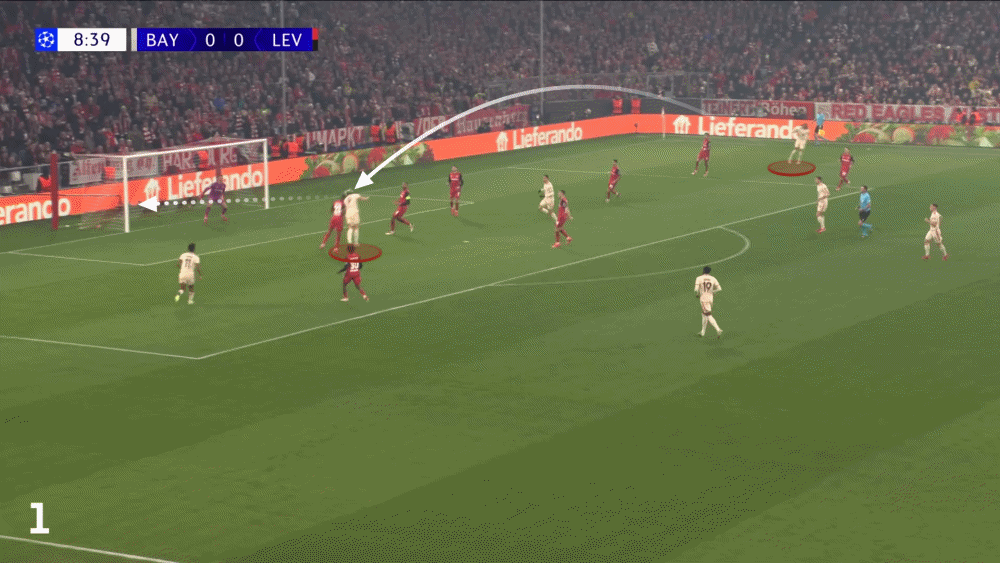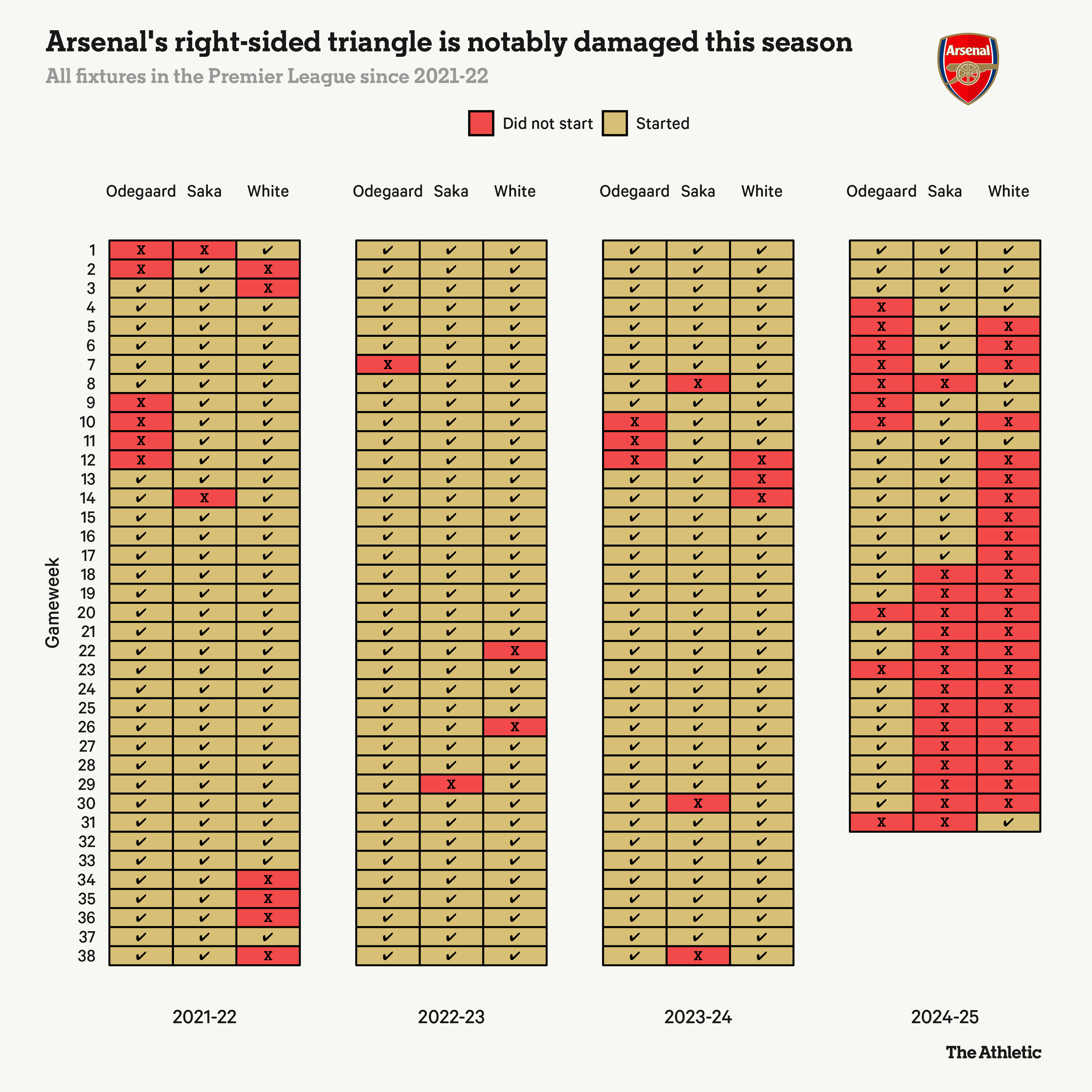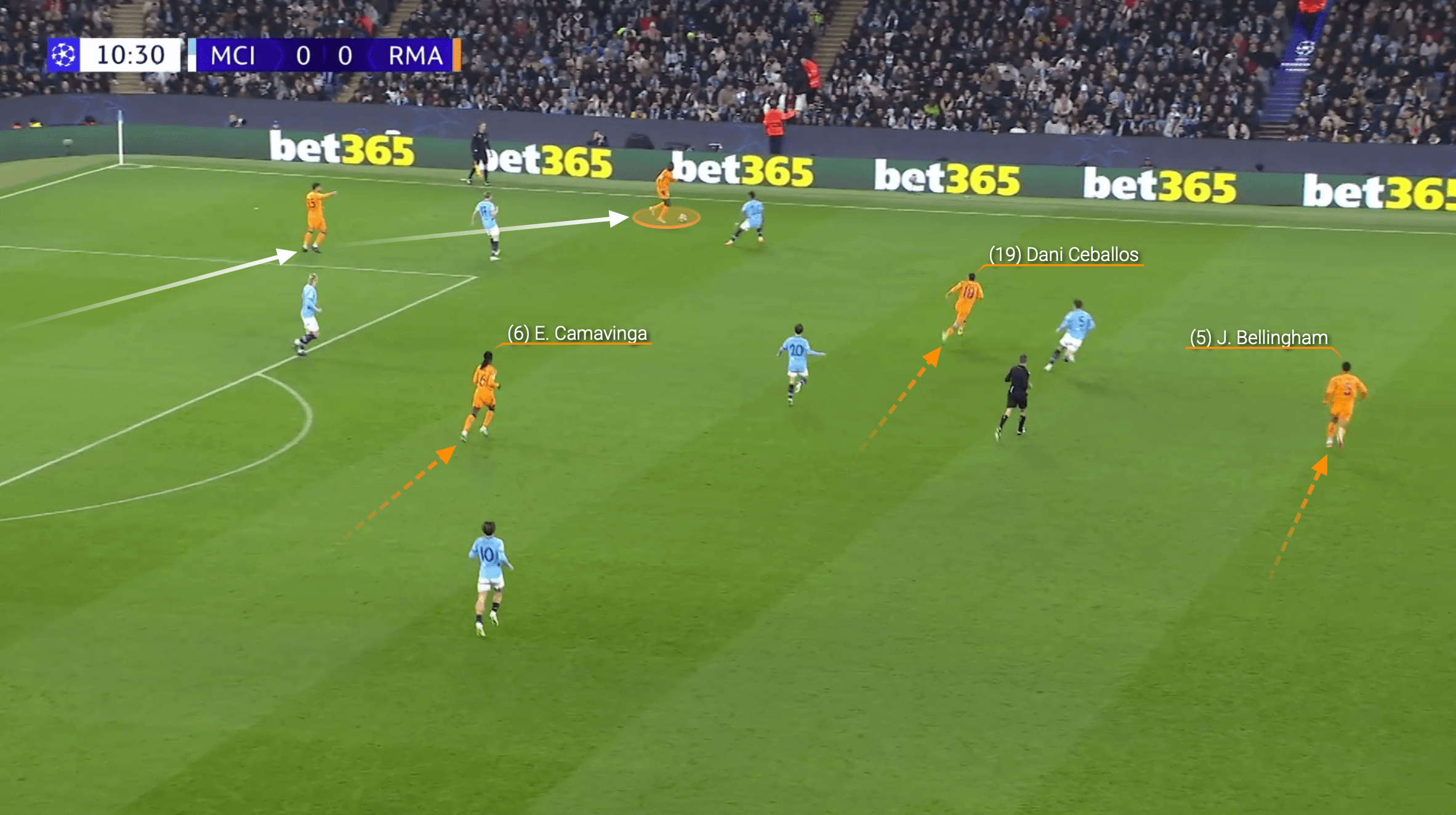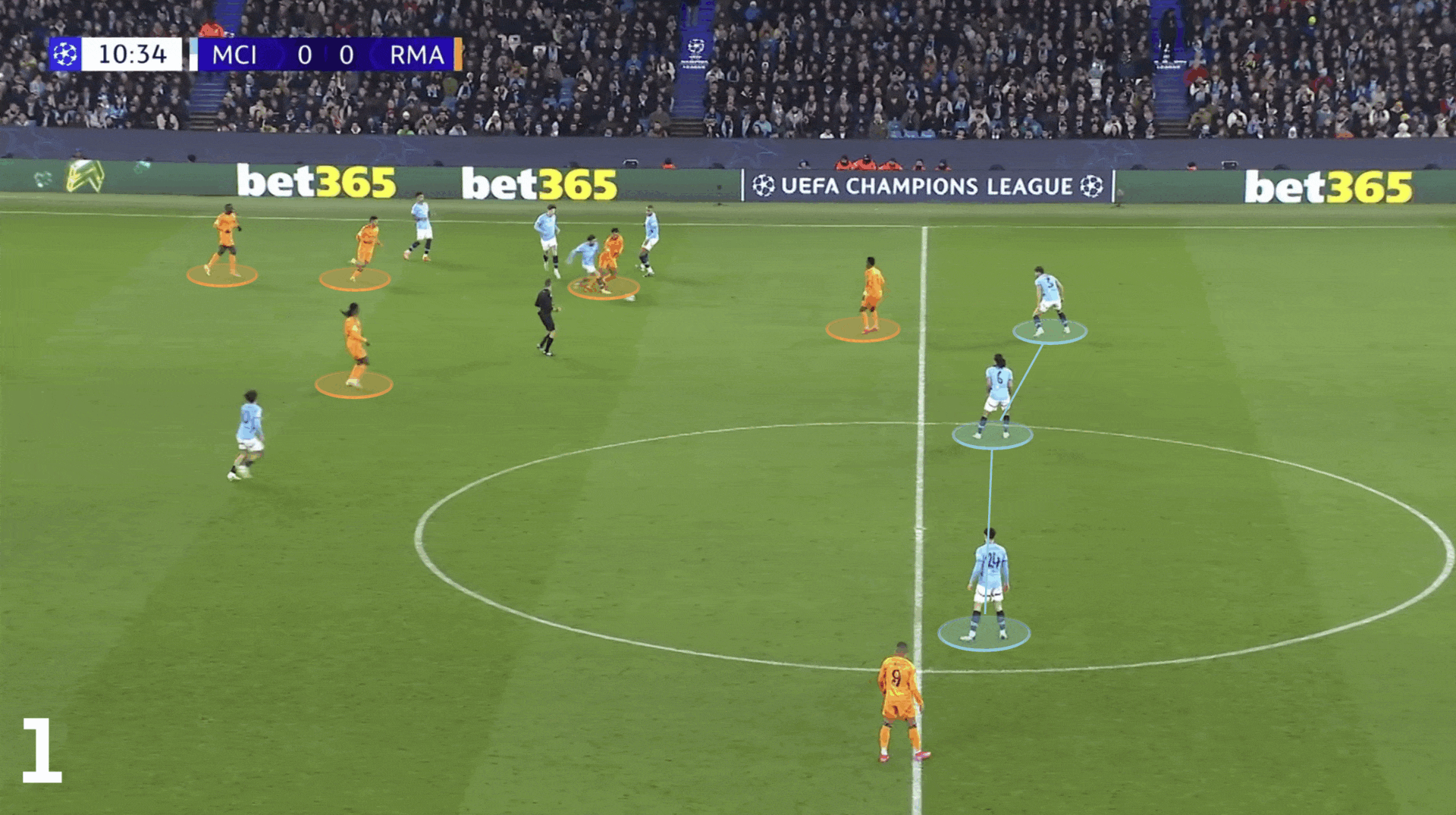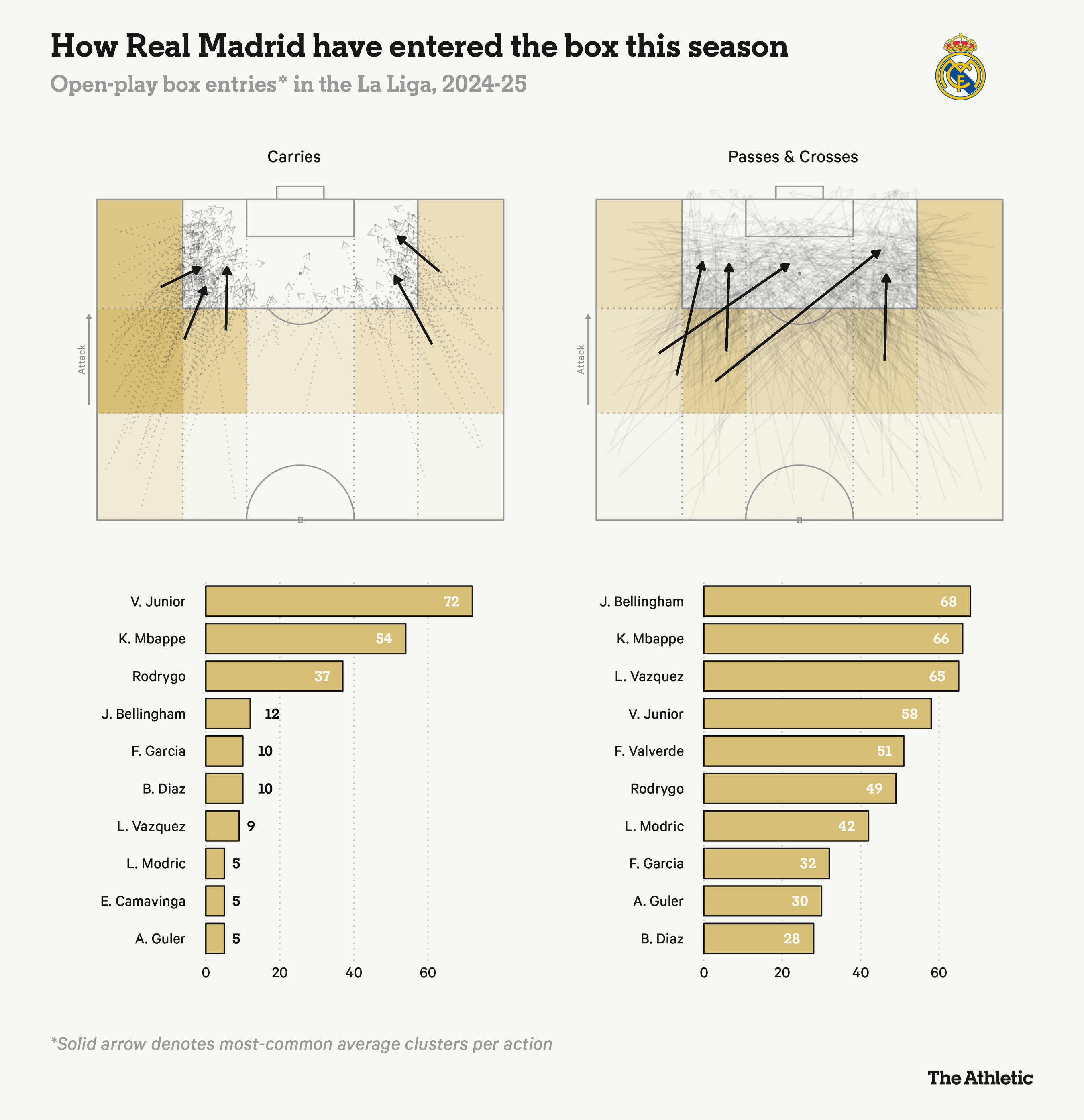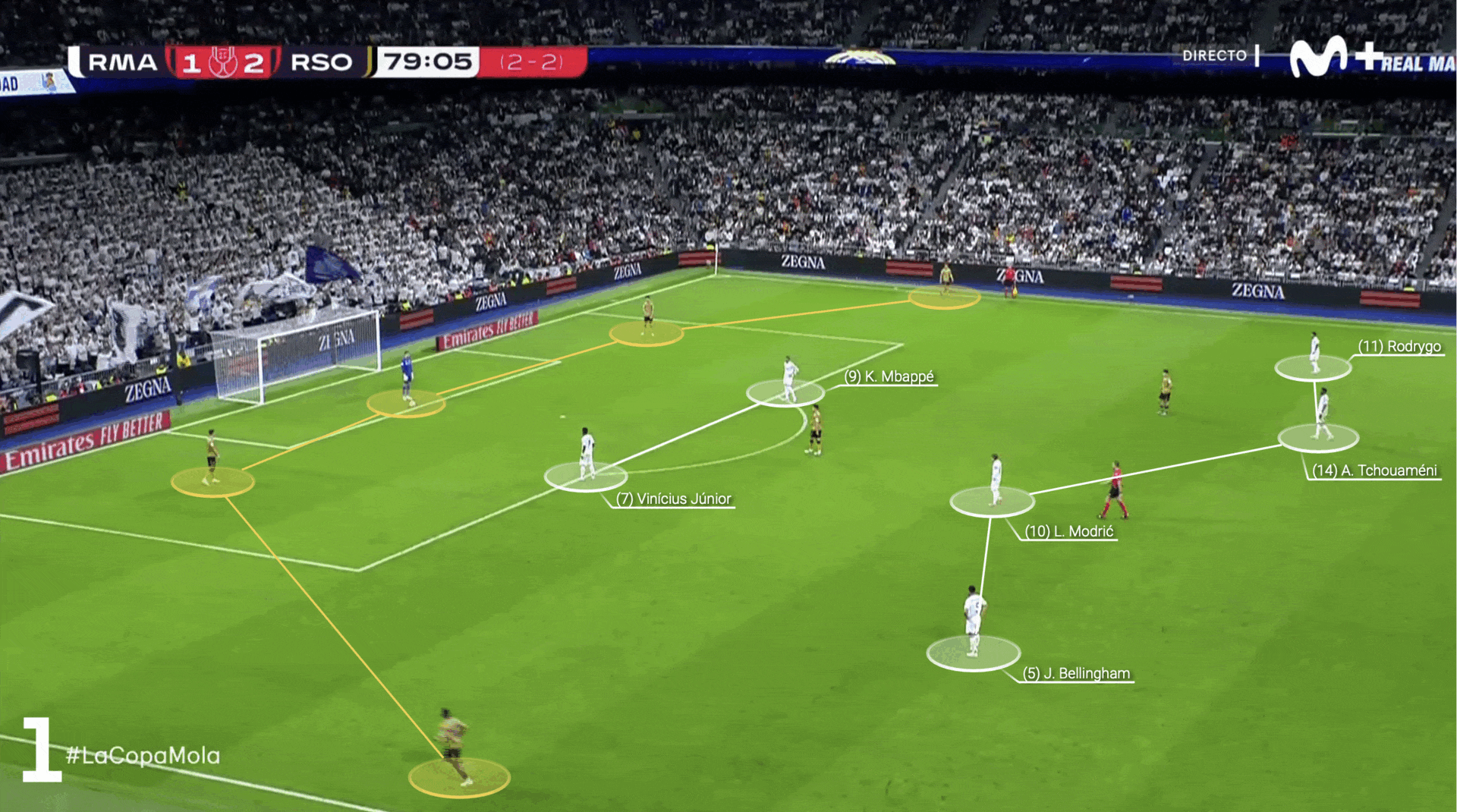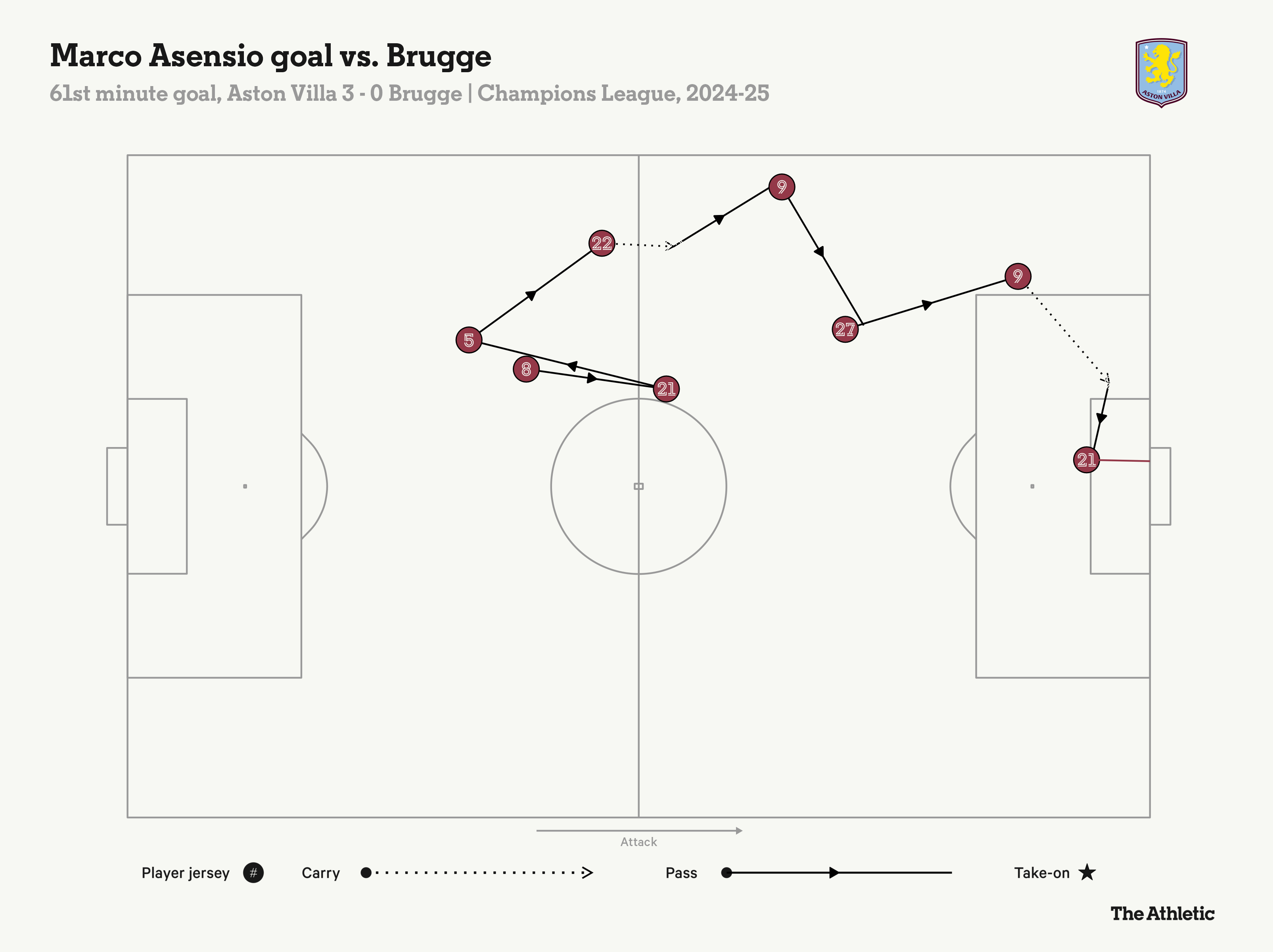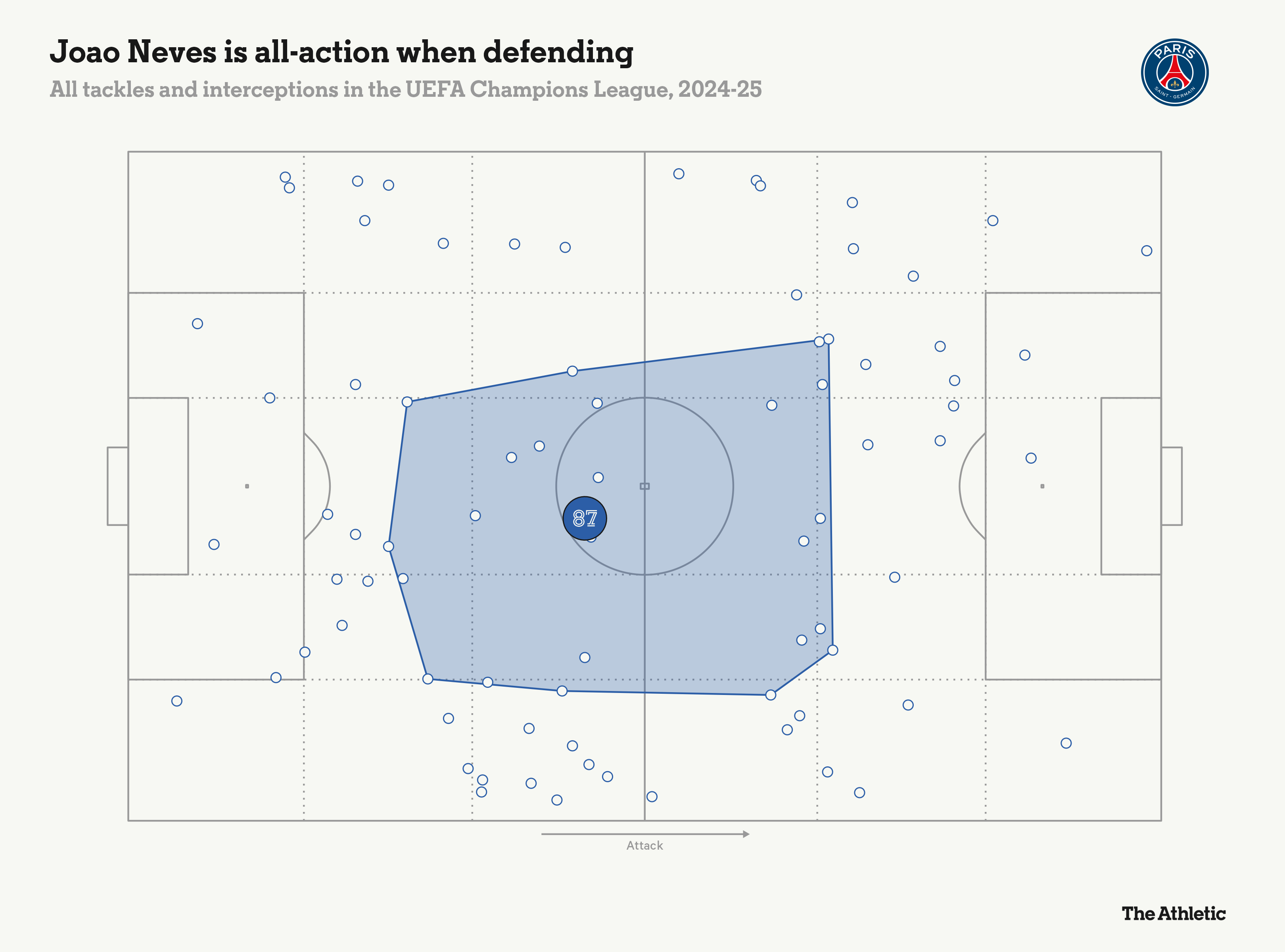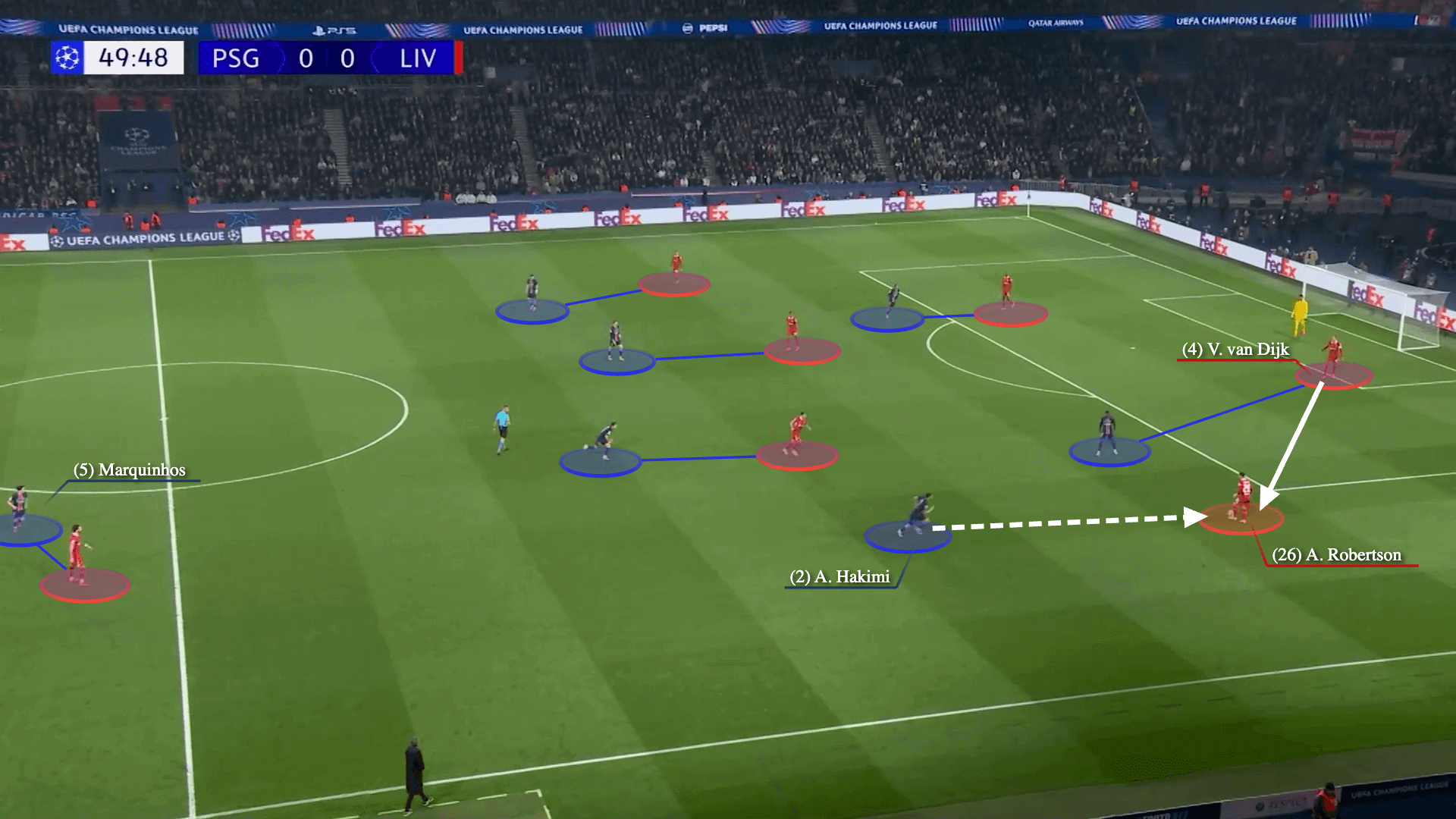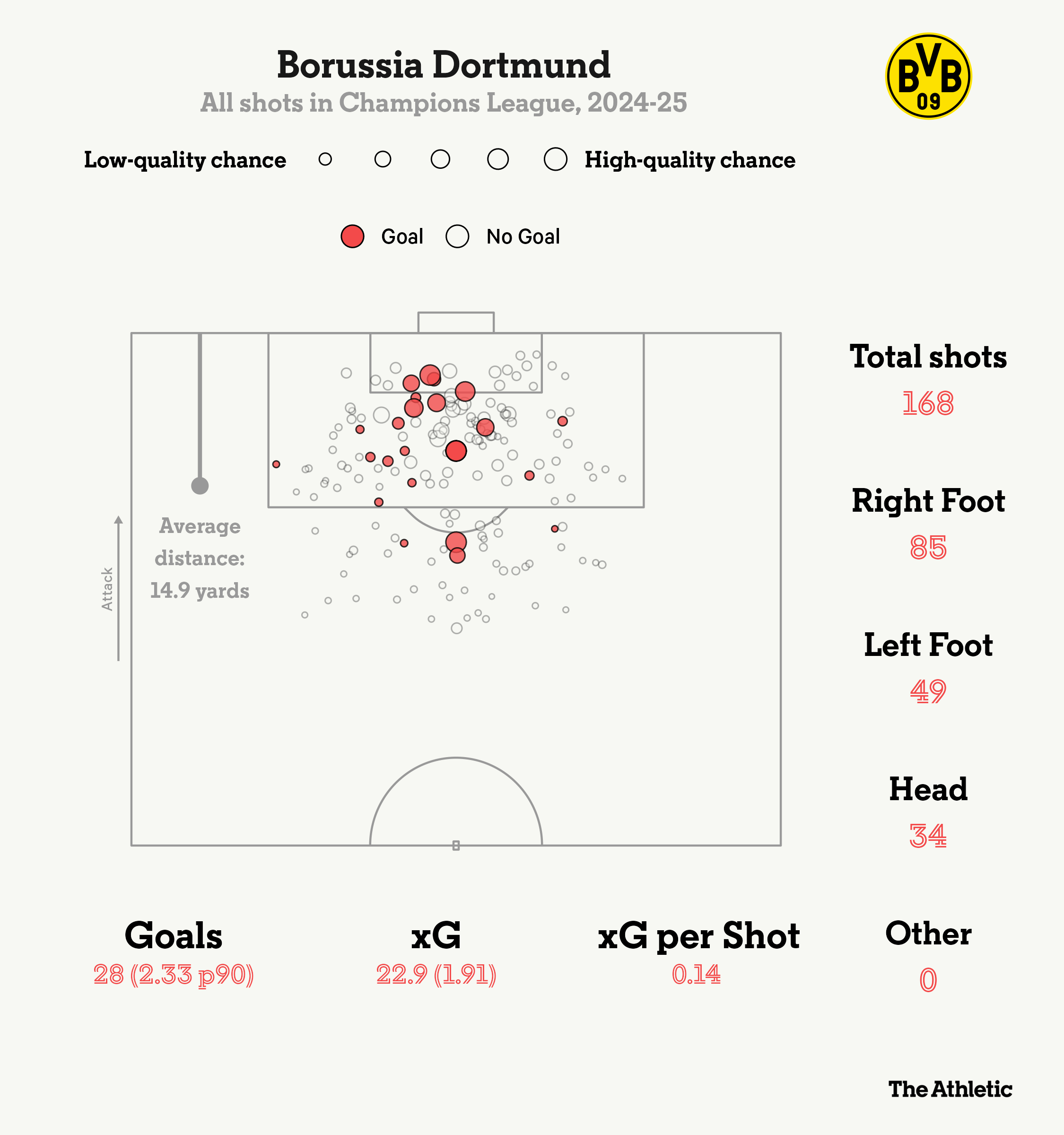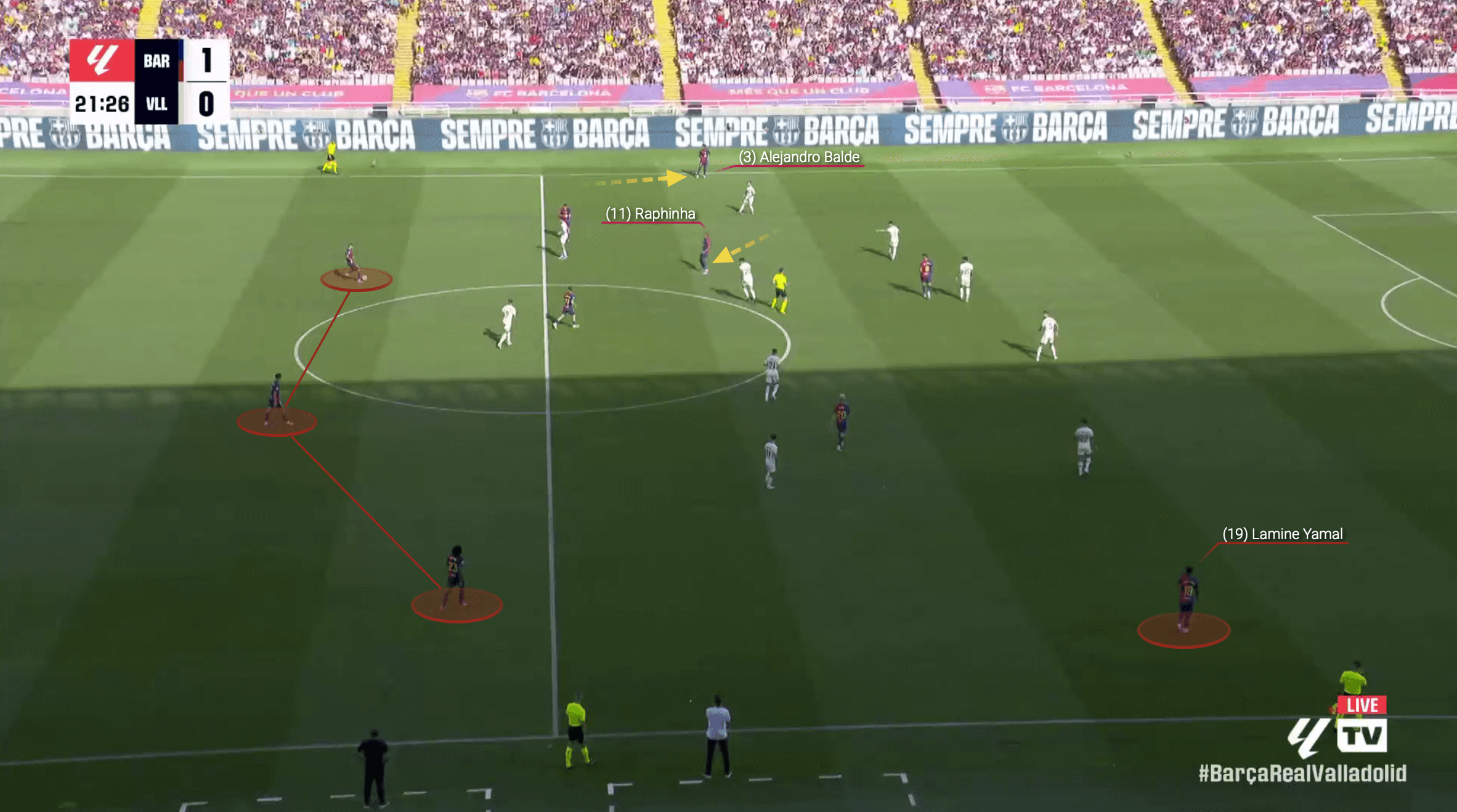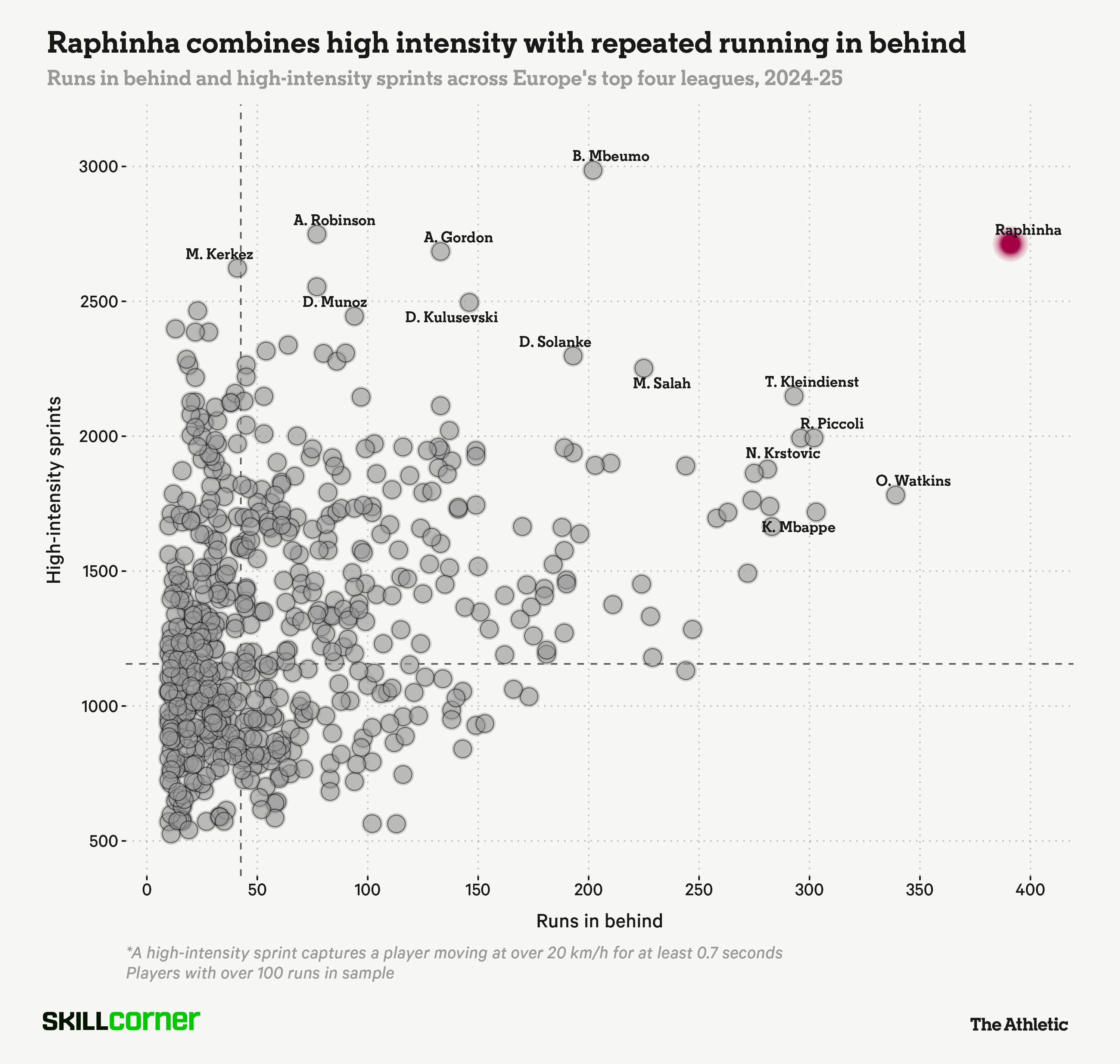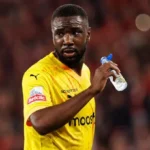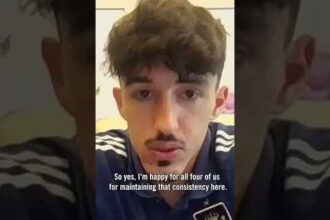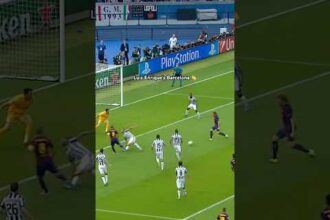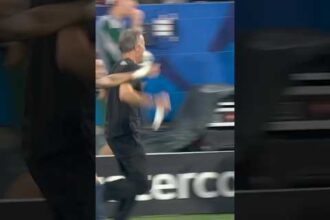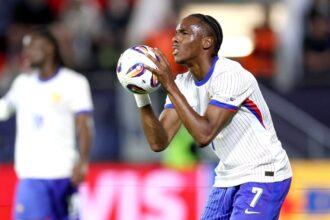Champions League action in April can only mean one thing — we are approaching the business end of European football’s top competition for another season.
Though the expanded format saw 36 clubs competing across a wider league phase, an element of familiarity has returned during the knockout stages, with six of last year’s quarter-finalists reaching the last eight again. Aston Villa and Inter replacing Manchester City and Atletico Madrid are the only changes.
Advertisement
Opta’s prediction model has Barcelona as the 20 per cent favourites to lift the trophy at Munich’s Allianz Arena in May, with Hansi Flick’s side edging out Arsenal — very marginally — as the ‘strongest’ team remaining in the competition, according to Opta’s Power Rankings, which rate more than 13,000 club sides worldwide, based on results, with zero being the worst and 100 the best.
With some mouth-watering two-legged ties coming up across the next nine days, allow The Athletic to provide the definitive guide to the 2024-25 Champions League quarter-finals.
Bayern Munich vs Inter
True European heritage, and a repeat of the 2010 Champions League final, when a 2-0 Inter win secured a historic treble under Jose Mourinho in his final season at the Italian club.
Inter are on track to repeat that feat. Notwithstanding a disappointing 2-2 draw with Parma at the weekend, Simone Inzaghi’s men still sit at the top of Serie A, with a Coppa Italia semi-final against neighbours Milan finely poised at 1-1 after last week’s first leg to go alongside this European quarter-final.
Some people might not consider Inter as favourites to progress to the semis — never mind win the competition — but it is worth highlighting just how robust they have been in Europe this season. Their one goal conceded in the eight-match league phase was comfortably the fewest of any side, and the five consecutive clean sheets they kept to open their campaign is the club’s longest-ever streak in this competition, which Inter have been playing in since the early 1960s.
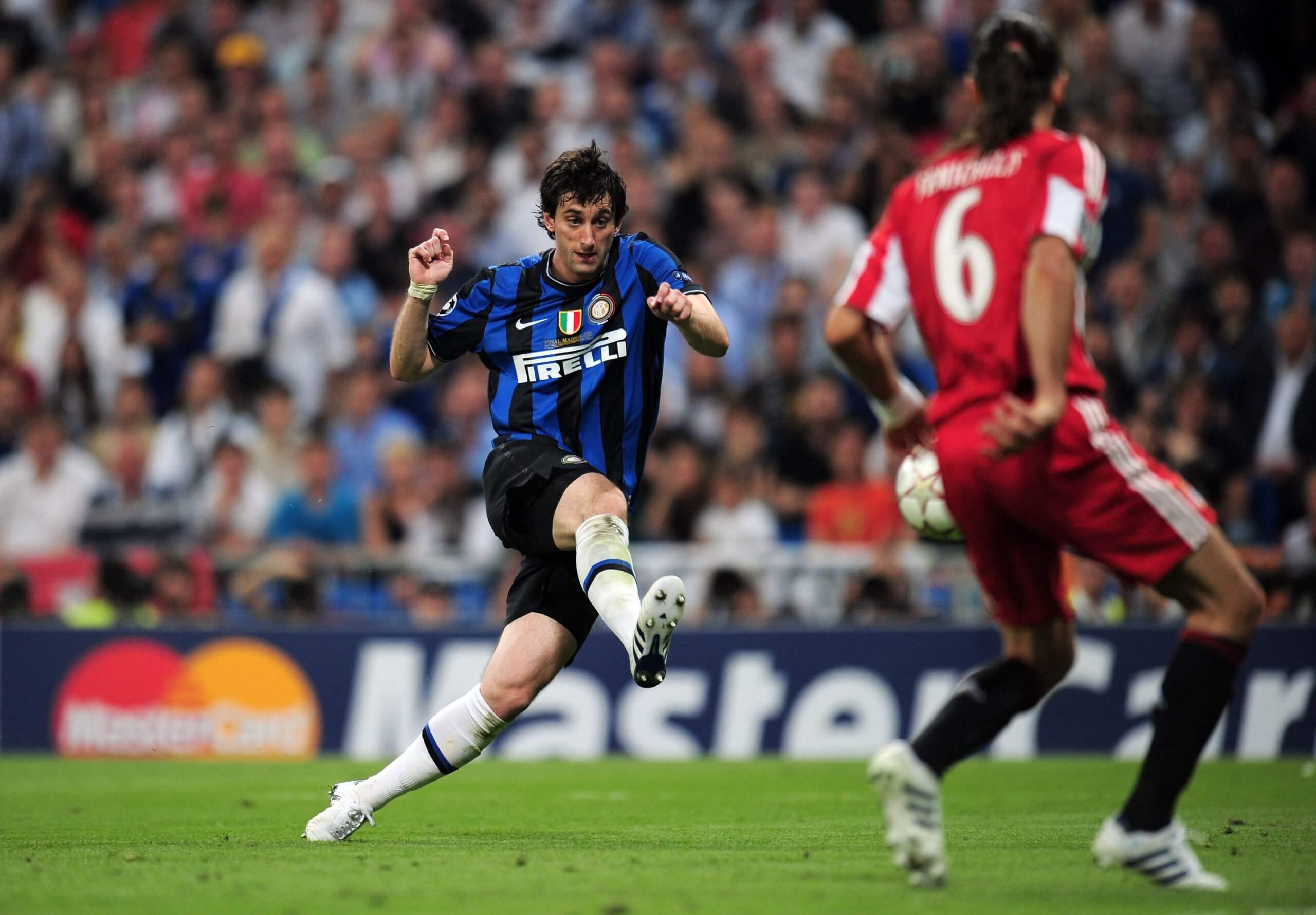
This tie is a repeat of the 2010 Champions League final (Shaun Botterill/Getty Images)
Inzaghi’s 3-5-2 is filled with fluid rotations across the pitch, particularly among their wide centre-backs, who are empowered to push forward when the opportunity arises. Such rotations are grounded within a style that looks to stretch the opposition across the pitch, with wing-backs Federico Dimarco and Denzel Dumfries key weapons in Inter’s attack.
As the graphic below outlines, Inter are keen to punch the ball into those wide channels when entering the final third — pulling the opposition back line across before funnelling the ball back into the danger area for their ever-threatening striker, Lautaro Martinez.
Inter’s fluidity in possession might be particularly useful when looking to bypass Bayern Munich’s relentless press.
No Champions League side has averaged more than Bayern’s 121.8 high-intensity pressures in the final third per game this season, typically backing their individual quality to lock onto their opposite number and man-mark — as shown below in their round-of-16 tie against Bundesliga rivals Bayer Leverkusen.
This has been a fallible tactic in Europe this season, however, with a 4-1 away loss against Barcelona in October seeing new manager Vincent Kompany’s side be picked apart as they escaped the man-for-man press. In truth, Bayern stumbled through the league phase as losses to Aston Villa, Barca and Feyenoord forced a play-off with Celtic to reach the last 16.
Advertisement
Nevertheless, Bayern have one of Europe’s strongest defences, with their 0.65 non-penalty expected goals against per 90 minutes being the best across Europe’s top-four leagues this season. As shown below, this is not just underpinned by stopping the opposition shooting but also preventing them from even entering the attacking third to begin with — such is the suffocation they look to exert when they are without the ball.
In attack, the obvious threat comes from Harry Kane as Europe’s most potent striker this season. His 10 goals are double that of his nearest team-mate (Michael Olise, five) in the Champions League, but it is worth noting exactly how Bayern like to get the ball into the danger area. No Champions League side has attempted more open-play crosses than Bayern’s 192, with their seven headed goals also being the most in this season’s competition.
These are generated most often from Olise’s shuffle inside onto his stronger left foot or a teasing half-space whip from Joshua Kimmich. Bayern have enjoyed a lot of success with crossing in European games.
With Bayern and Inter top of their domestic tables, the difference in quality between the two squads is wafer-thin. Both have a strong case to make it through to the semi-finals, with plenty of tactical narratives set to unfold.
Predict the winners of this tie at your own risk.
Arsenal vs Real Madrid
A flick through the history books shows Arsenal are unbeaten against 15-time European champions Real Madrid in official competition. The caveat is the clubs have only been drawn together once before — a 2005-06 Champions League round-of-16 tie that Arsenal won 1-0 on aggregate before losing the final against Barcelona.
Arsenal manager Mikel Arteta will arguably be happier facing Real Madrid than their city rivals, after Carlo Ancelotti’s reigning European champions edged past Atletico on penalties in controversial circumstances in the previous round. Diego Simeone’s stubborn defensive block might have been more frustrating for Arsenal, given their struggles in breaking teams down this season.
Advertisement
Playing against Madrid in a more open field might suit Arsenal, even if their blunt attack has been questioned in the Premier League. With injuries in attacking areas, midfielder Mikel Merino’s role as an auxiliary centre-forward remains far from ideal — but there has been a notable drop in Arsenal’s ability to craft opportunities in the first place this season.
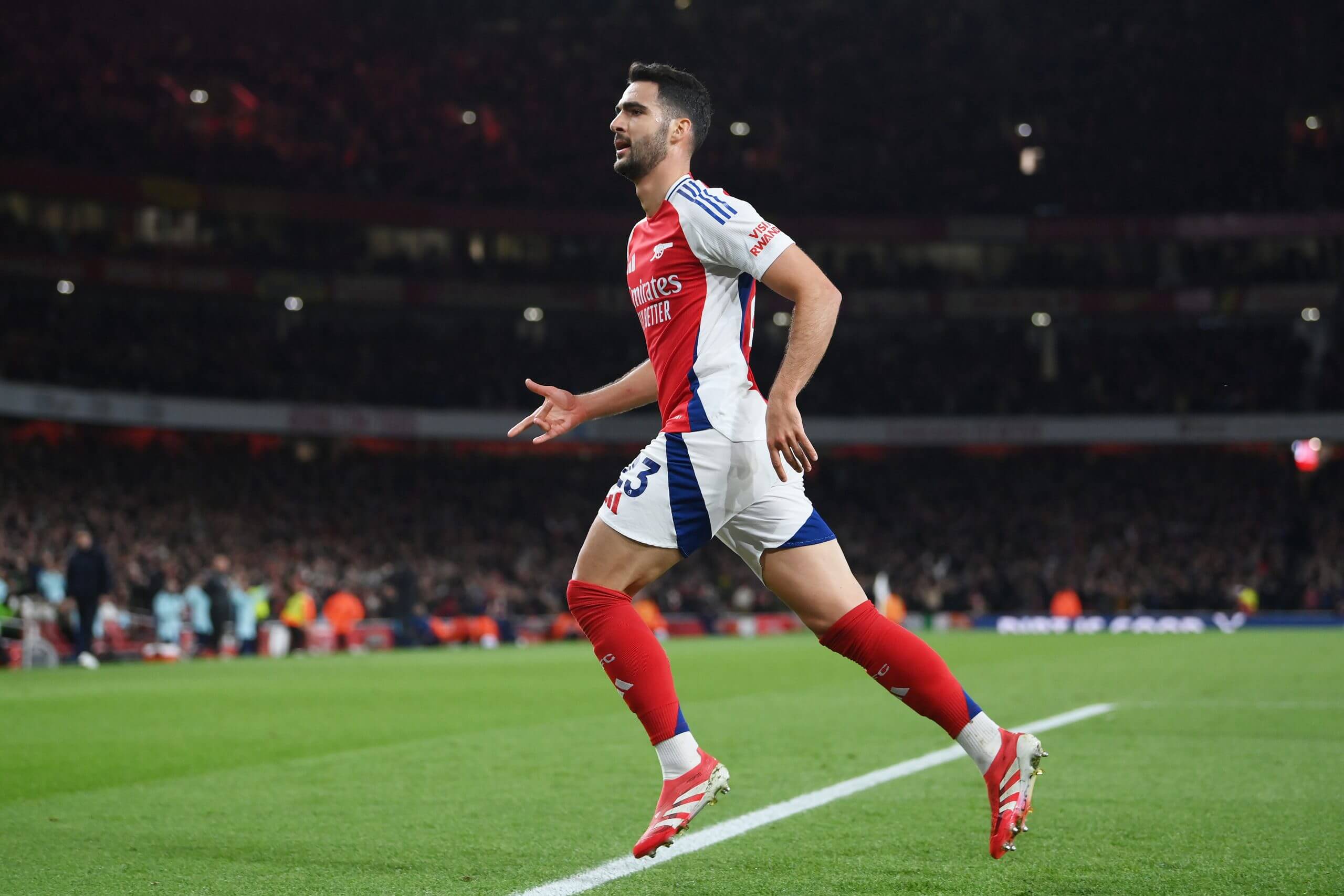
Merino has been used as an emergency centre-forward since Kai Havertz’s injury (Justin Setterfield/Getty Images)
Arsenal had a rate of 43 per cent of their possessions ending in a shot last season but that rate has dropped to 36 per cent. In fairness, goals have been less of an issue for them in Europe, with 5-1 and 7-1 thumpings of Sporting CP and PSV — not to mention two 3-0 home wins against Monaco and Dinamo Zagreb — showing that they can turn things on when the bright lights are shining.
A concern is the latest hamstring injury to hit the club, with Gabriel ruled out for the remainder of the season, breaking up his formidable partnership with William Saliba at centre-half. The exciting news for Arsenal fans is the return of Bukayo Saka after his long-term hamstring problem. With right-back Ben White also looking to get on the pitch after returning against Everton at the weekend, it could see a return to Arteta’s preferred right-sided triangle if he, Saka and Martin Odegaard were to start together.
That trio has been one of the most consistent networks in the Premier League in recent seasons but, as shown below, the occasions on which all three have started a game together have fallen off a cliff compared with the previous two campaigns.
Defensively, Arsenal are as strong as any side on the continent, with their 0.79 non-penalty expected goals against per 90 being the third-best among Europe’s top-four leagues this season.
That said, Madrid’s unpredictable, off-the-cuff attacking style has seen them hit unstoppable momentum on multiple occasions this season. They can blow any defence out of the water with the pace and trickery of their front three, and the box-to-box power of Jude Bellingham and Federico Valverde in midfield.
Ancelotti’s approach is less about rigid structure and more about giving his stellar attackers freedom to interchange, trusting his players to make decisions in the build-up where they can create overloads in dangerous areas of the pitch.
Here, against Manchester City in this season’s first knockout round, for example, as the ball makes its way out to Ferland Mendy from a short goal kick, all three Madrid midfielders surge across in support, dragging the opposition defensive structure over to the left.
Such drastic movements usually help bunch together their specialist duel-winners, dribblers and playmakers onto one side, where they can combine quickly, often managing to escape from the crowded areas and bear down on goal.
We can see how that destabilises City below, outnumbered in the battle for possession before the ball breaks for Vinicius Junior in frame two. With a sharp turn, the Brazilian takes Ruben Dias out of the game, before sliding an instinctive pass through for Kylian Mbappe and Rodrygo on the opposite side.
Having improvised how they get there, that freedom of movement in the build-up sucks in City, before Madrid rapidly switch to the space on the other side.
With Mbappe and Vincius Jr preferring the left flank, it’s no surprise to see Madrid’s penalty-box entries clustered down that side. Bellingham is happy to drop into the half-space on the left, too — from where he can float crosses to the back post or slide passes into the penalty area for his wingers to run onto. He is also dangerous when timing late runs into the six-yard box.
For all their quality and individualism going forward, Madrid have problems further back.
Their 4-4 draw against Real Sociedad — the joint-fourth-lowest scorers in La Liga this season at the time — in the Copa del Rey last Tuesday encapsulates a season in which moments of brilliance have masked the glaring structural issues of a top-heavy team.
Advertisement
Mbappe’s arrival has reduced the efficiency of Madrid’s press. Ancelotti has resorted to a 4-4-2 that can be sliced open. They have been ruthlessly picked apart in 4-0 and 5-2 defeats this season against Barcelona, who consistently found a player behind the midfield four.
Below, in the build-up to Real Sociedad’s third goal in that cup match, their full-backs are high and wide in frame one.
Working the ball out to Hamari Traore tempts Bellingham to press, but Madrid’s back four do not follow the Englishman in, opening the space for the simple pass into Sergio Gomez, who has peeled from the defensive line. He has room to turn, and the visitors are away, with Takefusa Kubo racing down the line and pulling the ball back for Mikel Oyarzabal to score.
Yet barely 90 seconds later, at the other end of the Bernabeu pitch, Vinicius Jr flicks the ball through Traore’s legs, and Madrid are back level at 3-3 on aggregate.
🖼️ Uma obra de arte.
⚽ @BellinghamJude
🅰️ @ViniJr pic.twitter.com/uuFPHsgCs5
— Real Madrid C.F. 🇧🇷🇵🇹 (@realmadridpt) April 2, 2025
There are areas for Arsenal to attack in this tie — not least from set pieces — but the key will be to prevent the end-to-end chaos that Madrid would prefer, especially against Arteta’s depleted defence.
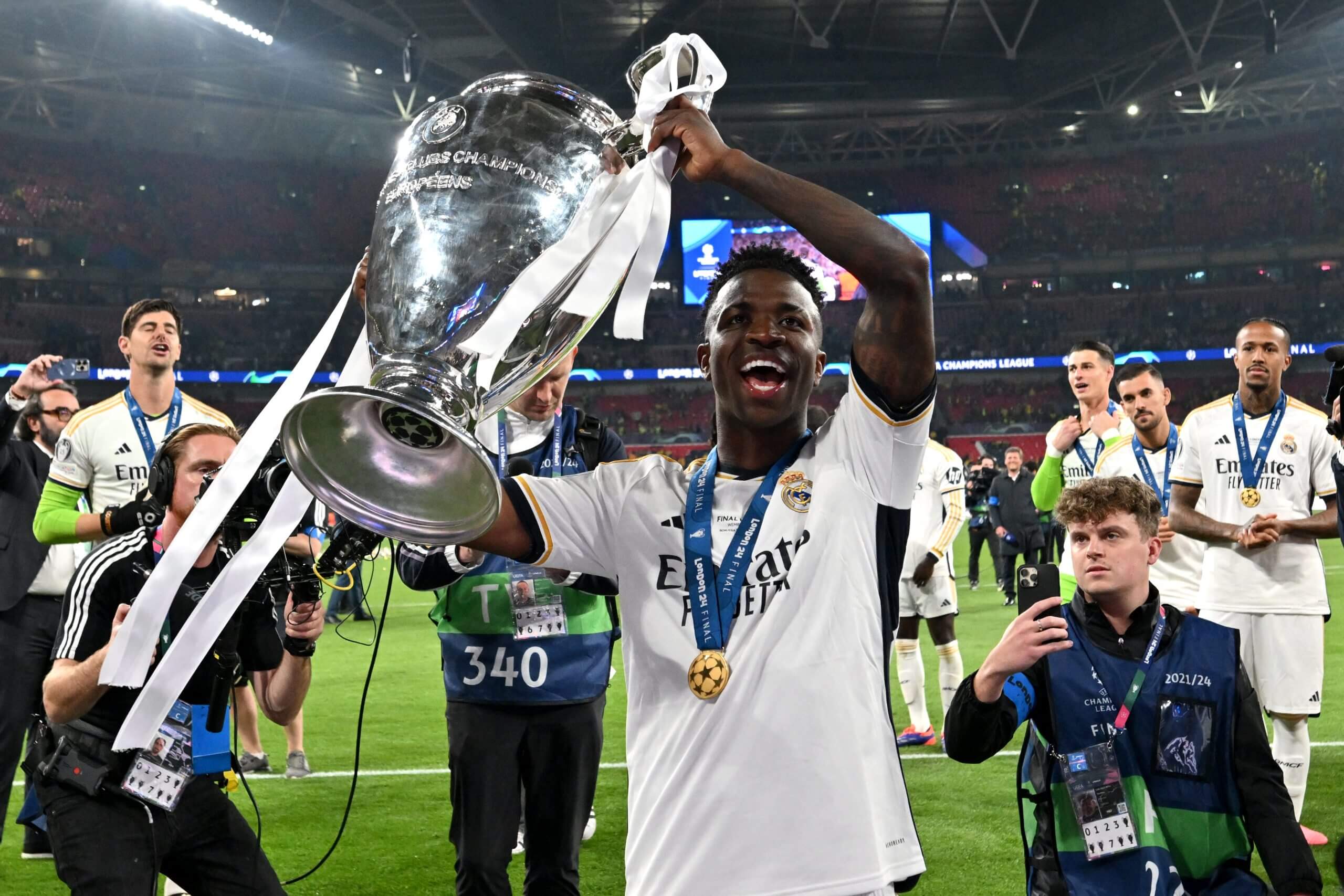
Madrid, led by Vinicius Jr, are aiming to win the Champions League for the seventh time in 12 seasons and third in four (Glyn Kirk/AFP via Getty Images)
Paris Saint-Germain vs Aston Villa
Unai Emery has developed a reputation as a tactical mastermind in European football.
The 53-year-old will face former employers PSG as Villa take on the French champions for the first time in competitive football — and it will be a tough ask for the Premier League club.
Villa’s performances have not been as consistent this season as they fight on multiple fronts, but they received an injection of energy during the winter window with the arrivals of Donyell Malen, Marcus Rashford and Marco Asensio. At least one of the trio has scored across Villa’s past four games in all competitions, with Emery’s side on a seven-game unbeaten run — although Malen will not be eligible to face PSG after he was left out of Villa’s Champions League squad in February.
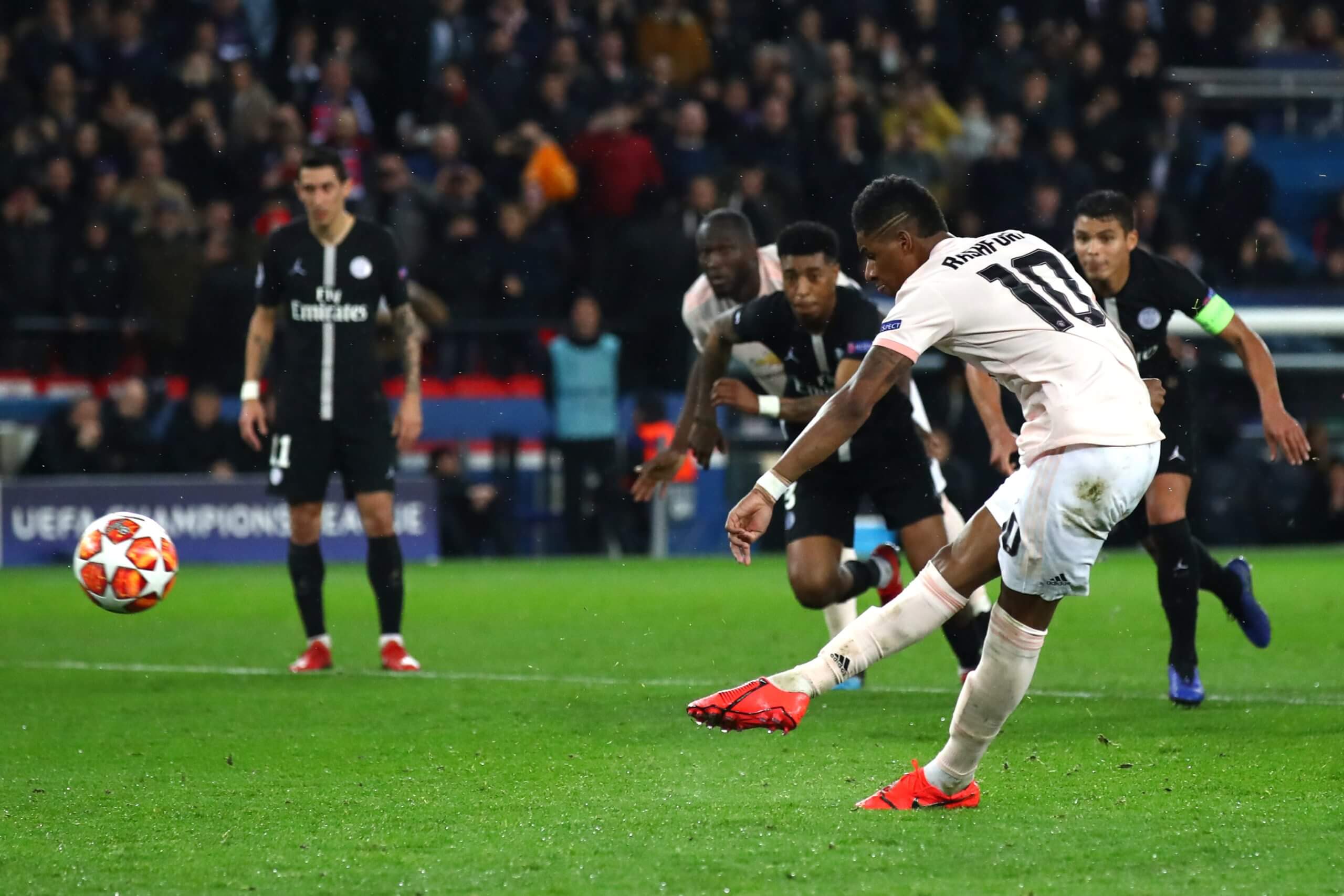
Marcus Rashford knocked PSG out of the Champions League back in 2019 (Julian Finney/Getty Images)
Villa’s left-sided dominance has been a feature of their play all season, with 37 per cent of their attacking touches coming down their left channel in all competitions. Having Rashford has changed the dynamic slightly, but Emery’s side have shown they can benefit from more direct, purposeful attacking to unlock an opposition defence.
Asensio’s second goal in the second leg of their last-16 tie with Club Brugge was evidence of this, as Rashford exchanged a one-two with Morgan Rogers to get in behind the Belgians’ back line before laying on a simple finish for the Spaniard.
There were just eight seconds between Rashford’s initial pass and the ball hitting the back of the net.
Such directness might be needed from Emery’s side, given the aggression and tightness of the PSG press this season. Their sixty-six final-third regains in the 12 European matches is their most in any European campaign since 2018-19 (they had 48 in as many games in 2020-21 when they made the semi-finals before losing to Manchester City).
Advertisement
During the league phase, PSG were outmatched physically in defeats at Arsenal and Bayern, particularly in midfield, but they’ve improved as the competition has progressed.
The midfield trio of Fabian Ruiz, Vitinha and Joao Neves has, deservedly, received plenty of plaudits for their technical proficiency and stylish rotations. They have also been one of the best pressing and counter-pressing midfields in the competition — especially in the 4-2 home win over Manchester City. PSG’s 92 tackles in the midfield third are the most by any of this season’s quarter-finalists. Neves accounts for 15 of those, the fourth-most of any individual in the competition.
Emery likes his team’s opponents to press, though perhaps not to the extreme end of how man-to-man PSG are.
With the way they lock on during opposition build-up (as shown below), goalkeepers have ‘launched’ (defined as kicking 40+ yards) almost 50 per cent of passes against PSG in the competition this season.
Though their execution was poor, Liverpool showed in their round-of-16 first-leg win in Paris that long balls from centre-backs or the goalkeeper to wingers can exploit the space left behind PSG’s midfield.
With Ollie Watkins’ channel-running ability and the prospect of him being isolated against a centre-back, there should be extra value in Villa going over the press, rather than through or around it.
Borussia Dortmund vs Barcelona
Dortmund, Champions League finalists last year, have flattered to deceive this season.
Sitting eighth in the Bundesliga, they are set for their worst league finish in almost two decades (since coming 13th in 2007-08) under Nico Kovac. Granted, Kovac was only appointed at the end of January to replace Nuri Sahin, who took over in the summer from last season’s boss Edin Terzic — and things have picked up slightly since the 53-year-old’s arrival — but the Champions League is acting as a much-needed distraction from all the domestic dismay.
One of the main criticisms you can level at Dortmund is their lack of consistency, both from one game to the next and within them.
A 3-2 win against Lille over two legs in the last 16 was not hugely convincing, but their 3-0 aggregate defeat of Portuguese champions Sporting CP in the first knockout round showed they can step up when the chips are down. That same fighting spirit saw them get all the way to last season’s final.
Advertisement
While things might look bleak in the Bundesliga, Dortmund are having fewer issues finding the net in Europe, scoring 28 goals in the Champions League. While six of those have been penalties (the most of any side in the competition), that tally is only beaten by their upcoming opponents Barcelona (32) as we enter the quarter-finals.
Serhou Guirassy has shouldered a lot of that goalscoring responsibility, scoring 10 of the 28 (four of them penalties), but the 29-year-old is supported by the young attacking talents of Jamie Gittens and Karim Adeyemi on either flank. Adeyemi’s five goals included a driven finish from long range in the first leg against Lille, while Gittens’ four are the most of any under-21 player in the competition this season.
It is worth keeping an eye on Dortmund’s attacking approach, given their pace and Barcelona’s high defensive line.
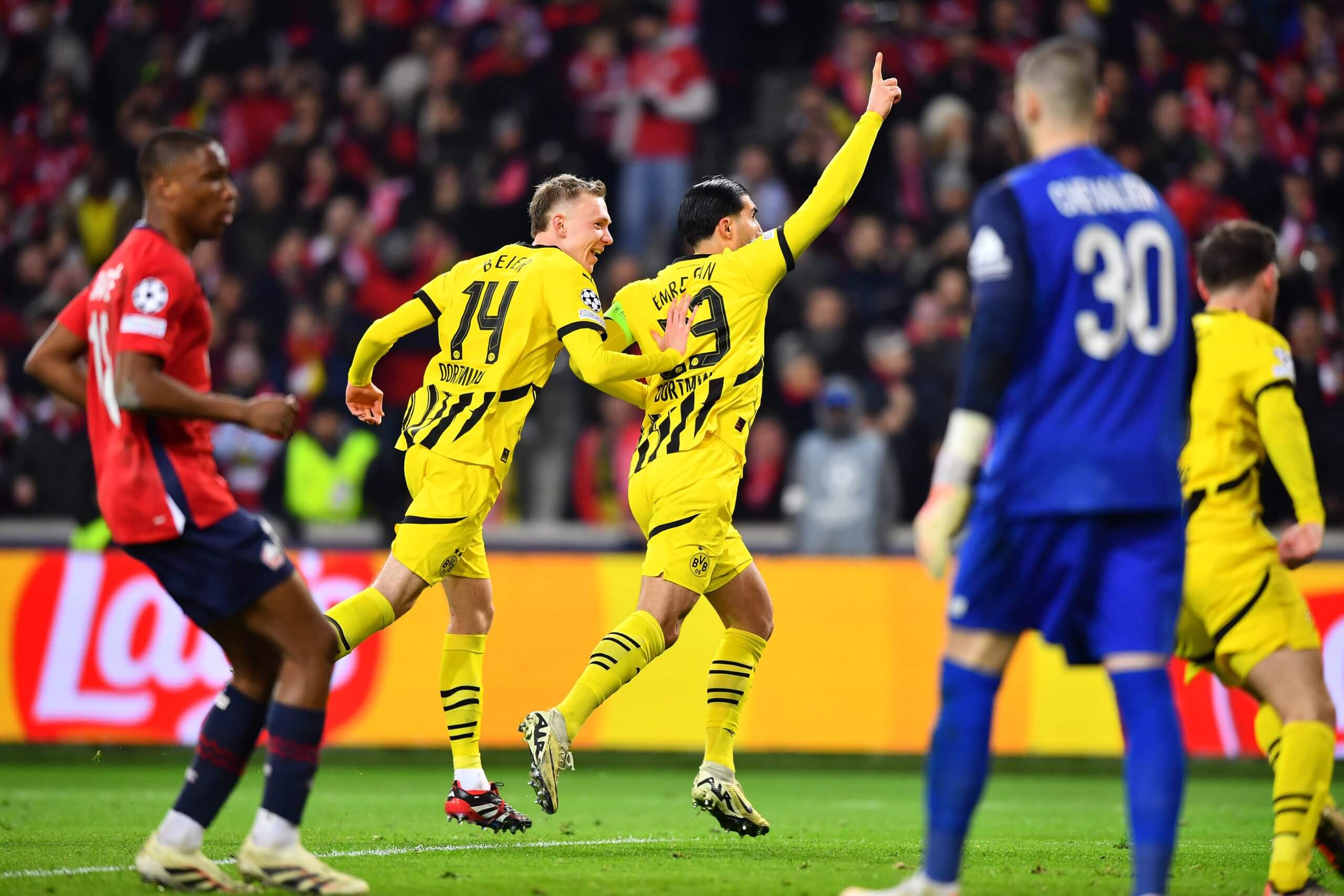
Dortmund have been free-scoring in the Champions League this season (Franco Arland/Getty Images)
Run the tape back on Guirrassy’s second goal in December’s league-phase meeting between these two sides (a 3-2 away win for the Catalans), and it was a run from deep by midfielder Pascal Gross that broke Barcelona’s offside trap. Add in the prospect of well-timed runs in behind from their pacey wide men, and it would be foolish not to try to exploit one of the key defensive hallmarks of Flick’s side this season.
That said, Barcelona will be hopeful of controlling the game and easing away from Dortmund before those fast breaks become an issue. La Liga’s leaders are unbeaten in 22 games, having scored at least three goals in 13 of those contests, with confidence and creativity, through the likes of Pedri, Lamine Yamal and Raphinha, in abundance.
First-year coach Flick has also not experienced defeat against Dortmund, winning all six meetings with Bayern and now Barcelona. All in all, the signs are good for La Liga’s leaders.
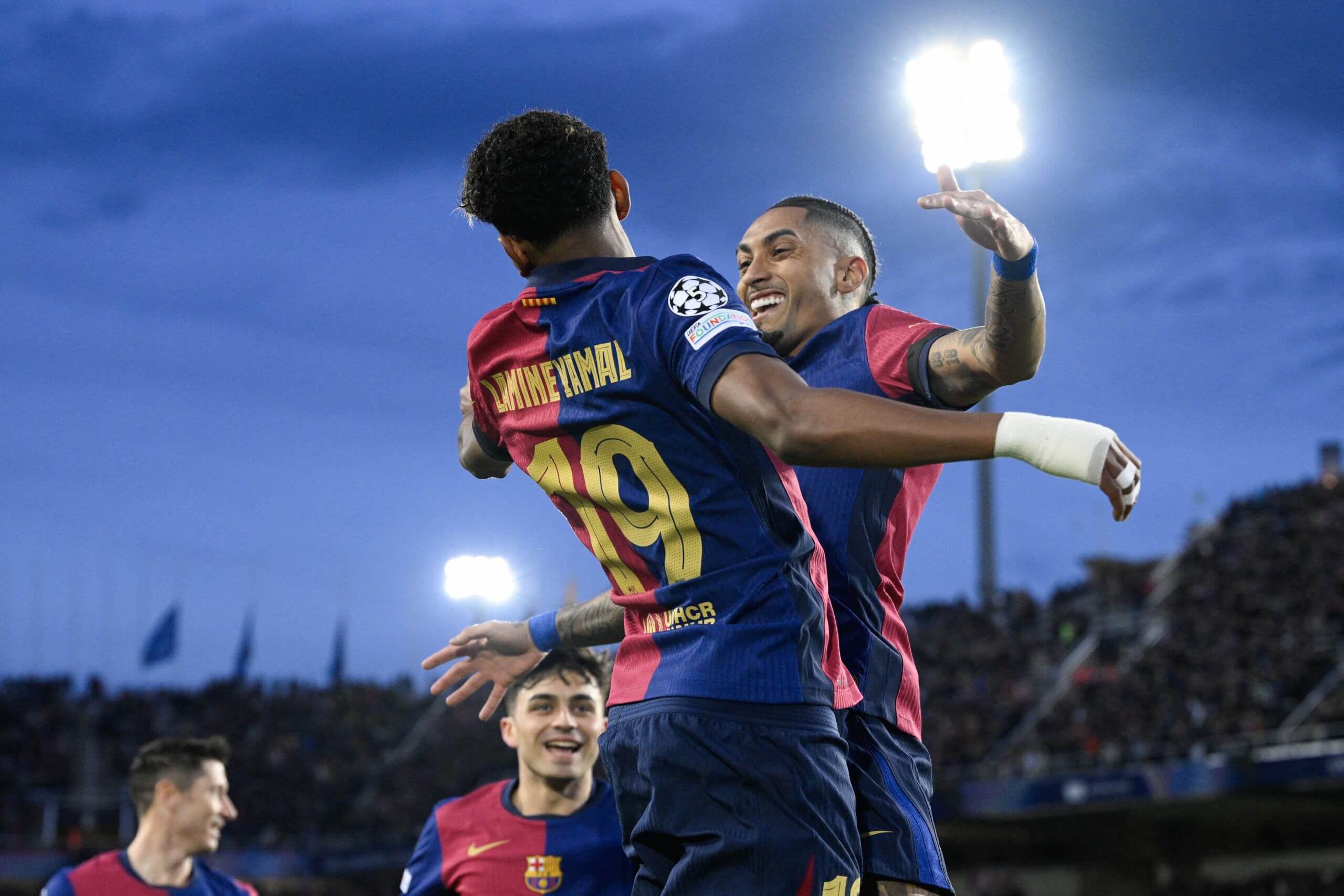
Yamal and Raphinha have been two of Europe’s most devastating attackers (Josep Laga/AFP via Getty Images)
The beauty of Flick’s in-possession system is how it plays to the strengths of each of Barcelona’s key attacking players. During build-up, left-winger Raphinha will often tuck into the middle to allow Alejandro Balde to push on down that flank, as we can see in an early-season game against Real Valladolid below.
Advertisement
That not only brings Raphinha closer to the technical, creative midfielders in Barcelona’s centre, allowing for quick and incisive build-up, but it also forces the opposition to shift over to try to deal with an overloaded midfield and advancing full-back, leaving the dangerous Yamal in more space on the opposite wing.
Raphinha’s movement has also helped to get the best out of former Dortmund icon Robert Lewandowski, the Brazilian buzzing around the 36-year-old striker and opening up space for him to operate with relentless running in behind.
As we can see from the graph below, Raphinha is an outlier across Europe this season for the frequency with which he targets the space behind the opposition defence and his capacity to do so repeatedly at speed.
With pinpoint distribution from Pau Cubarsi and Inigo Martinez from defence — both are capable of breaking lines with incisive passes into midfield, switching the play or searching for the space in behind — Barcelona can open you up with intricate, passing football, individualism on the wings or direct running and power from their front men.
It’s why they have scored 141 goals in their 47 matches this season and, according to Opta’s projections at least, are the narrow favourites to win the club’s sixth European Cup/Champions League, and first for a decade, in Munich next month.
(Top photo: Justin Setterfield/Getty Images)


